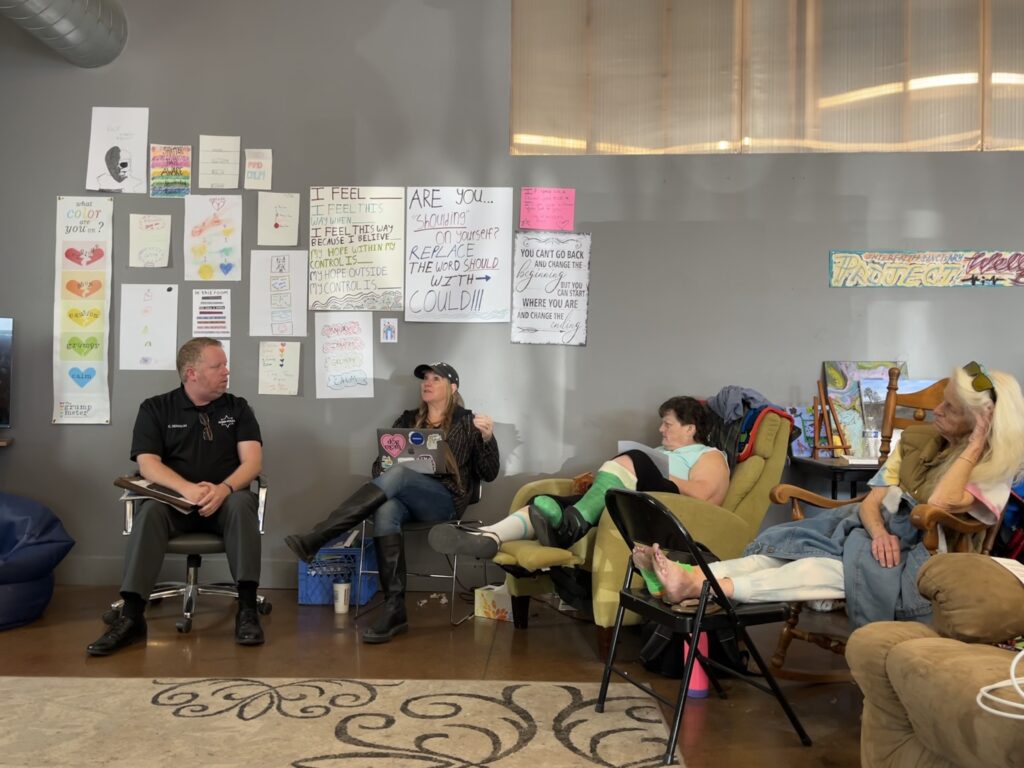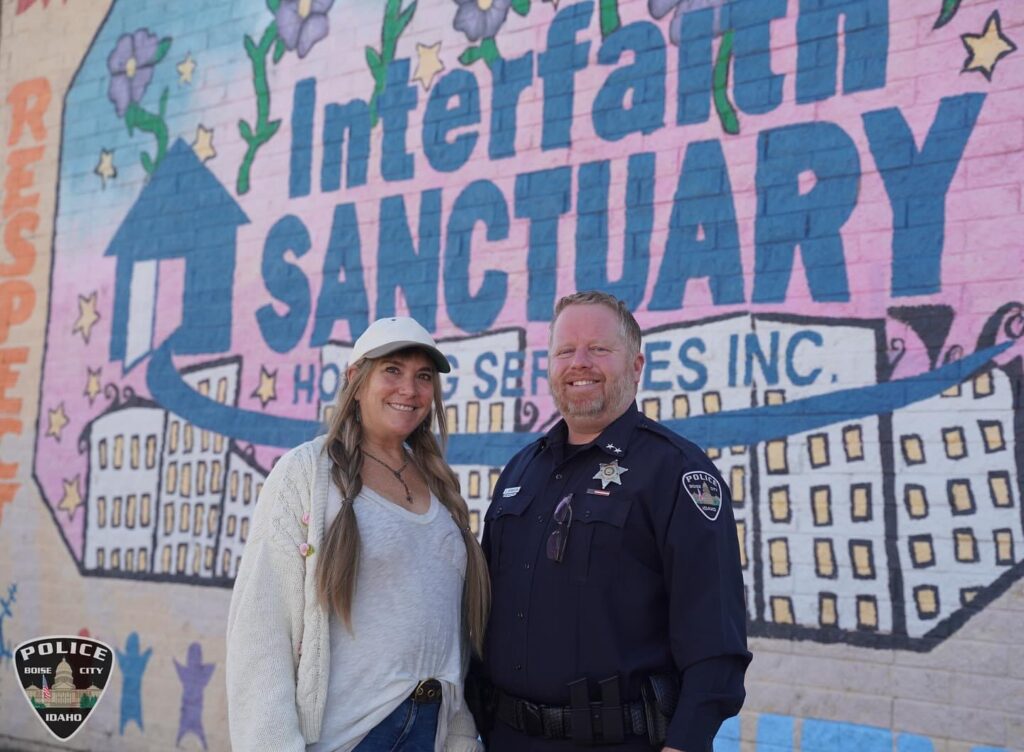By: Molly Balison and Amanda Niess
Word on the Street Issue 49, November 2024
…
Chris Dennison sat down with the WOTS Editorial Team last month to share what he learned from his 20 years as a police officer. He opened up about the challenges both police and community members face, and how we might work better together.

One of the biggest issues Dennison talked about was how police officers deal with stress and mental health. “In law enforcement, we don’t usually talk about mental health,” he said. “It’s always been ‘just rub some dirt on it and walk it off.'” He talked about missing countless family events, holidays, and his kids’ birthdays because of late-night emergency calls. These sacrifices, he explained, leave lasting marks on officers’ lives.
When it came to talking about how some officers come across as rude or aggressive, Dennison was honest. “Let’s be clear—there are just some people that are jerks,” he said. But he also explained that sometimes what looks like rudeness is actually an officer trying to follow their training and safety rules. The best officers, he said, are the ones who can do their job while still treating people like people–this is what Interfaith Sanctuary guests are most concerned about.
Dennison also addressed the tough question of, “Why police are often present in poorer neighborhoods”? He explained that the unhoused population, or those facing economic hardships are more likely to be victims of crime, which is why police patrol these areas more often. While this is meant to help keep people safe, he understands why it can sometimes feel overwhelming for guests.
In Tucson, where Dennison worked, he shared a strategy that his team tried to help new officers learn to talk with new groups of people. They would send rookie officers out to have conversations with volunteer community members. These volunteers would act out different situations with officers, like traffic stops or tense situations that needed de-escalation tactics. “I wanted officers to practice talking with people they didn’t know,” he explained. “And I wanted the community to see what we’re teaching our officers.”

One of the bigger concerns amongst Interfaith Sanctuary guests involves the interactions between officers and the unhoused population in the alley: What should we do if we’re worried about how an officer is behaving? Dennison advised not arguing in the moment, as this could make things worse. Instead, he recommended filing a complaint through internal affairs if anyone has been treated unfairly. “My main concern,” he said, “is keeping both officers and the people they serve safe.” Instead of focusing on fancy communication techniques, Dennison believes in teaching officers to talk to people like regular folks while still doing their jobs properly. It’s about finding that middle ground between being professional and being human.
Through his stories and ideas, Dennison shows us that making things better between police and the community takes work from everyone involved. It’s about building understanding, one conversation at a time.
